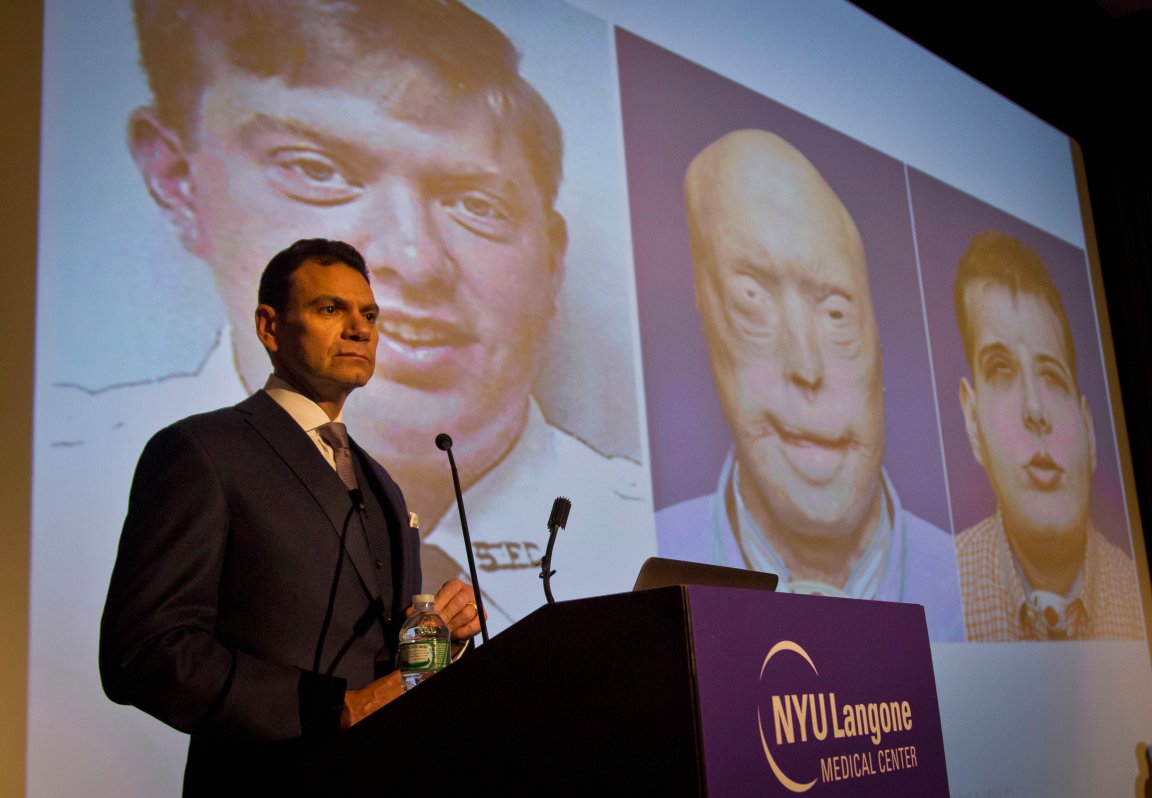
A New Start
According to the World Health Organization, each year, there are some 265,000 deaths caused by burns. In 2004 alone, there were more than 11 million people worldwide who needed medical attention as the result of a burn. It is a traumatic event that has a long, painful recovery process. Often, victims carry the scars of these injuries with them for the rest of their lives.
But each year brings new hope, and the latest breakthrough is truly inspiring. At New York University’s Langone Medical Center, a team of scientists completed the world’s most extensive face transplant.
In 2001, Patrick Hardison was a firefighter in Mississippi. He was at a fire when tragedy struck—a burning roof collapsed. It fell on Hardison and melted his protective face mask. He suffered severe facial injuries and had extensive burns. Fortunately, earlier this year, scientists found a match for Hardison in David Rodebaugh, a 26-year-old who was left in a vegetative state after a cycling accident.
The transplant was performed, and all things considered, Hardison is doing fantastic.

How it works
The operation took 26 hours and required more than 100 people working in two teams. For the process, the previous tissue had to be cut away and then the new face was connected to his deeper facial structures. This required the attachment of many nerve endings, blood vessels, and bones. Once this was done, the new skin was then “re-draped” over Hardison.

Transplants are always risky. Our immune systems may interpret the transplanted organ (or skin) and an intruder, a hostile agent. If this happens, the body launches an immune response and attacks the transplant. To date, three other patients who received facial transplants died when their bodies rejected the transplant.
Lead surgeon Eduardo Rodriguez told Hardison that he only had a 50% chance of surviving.
However, just three months after the procedure, surgeons have declared the operation a success. This is largely due to the immunosuppressant pills, which the doctors used in the hopes that it would stop Hardison’s body from launching an immune response. In six months, Hardison should be able to eat normal food and will have vastly improved speech. Then, in 2016, a follow-up operation will be done in order to improve the appearance, and doctors will cut down some of the unnecessary facial tissue.
It is a great step forward.
